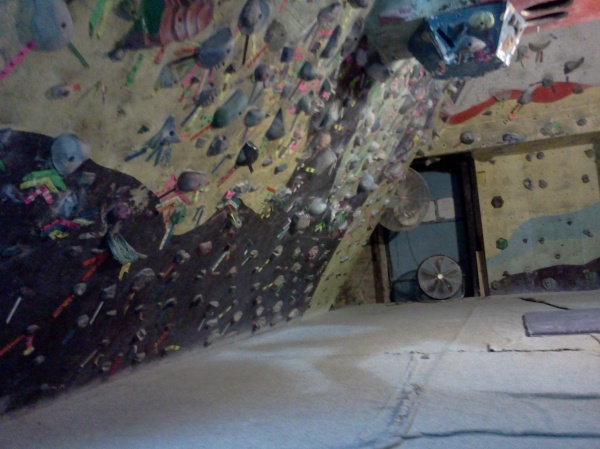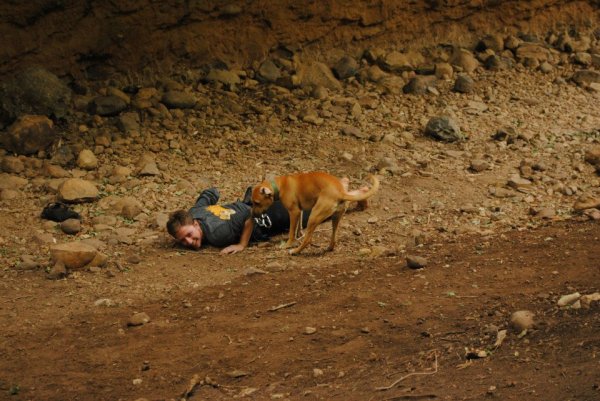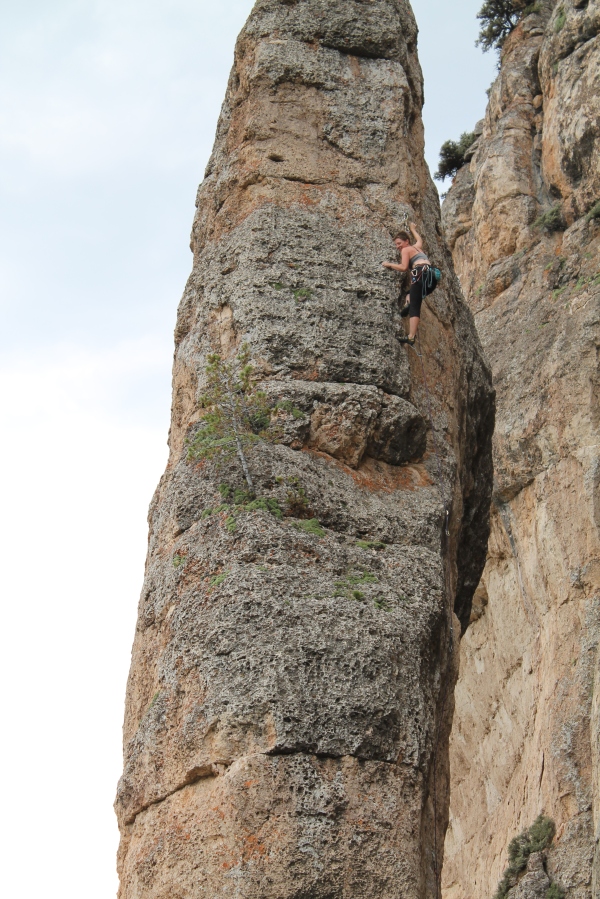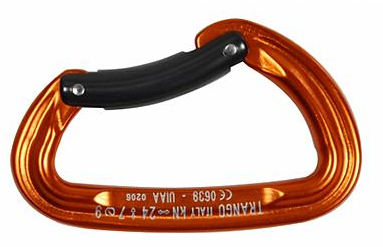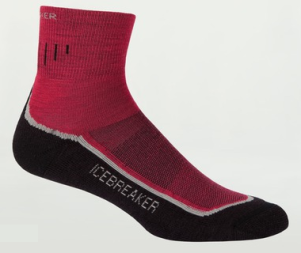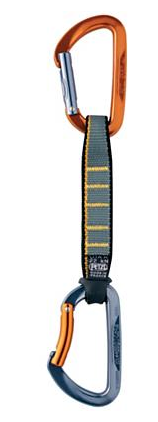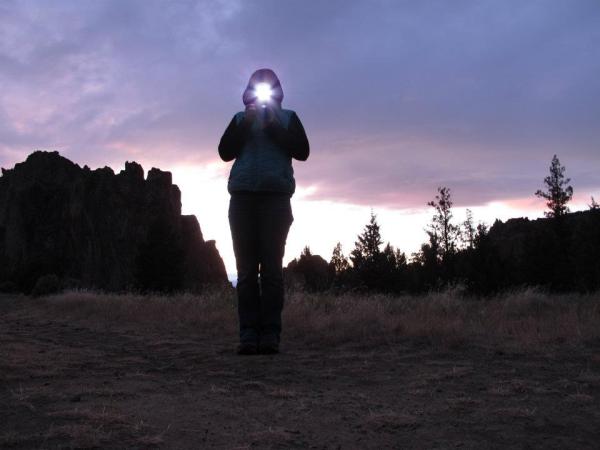Going off route happens to every climber at some point in time. Maybe it’s a sucker hold, tantalizingly chalked but undeniably terrible. You thought the line meandered. It didn’t. Now you’re pumped, tired, holding onto something awful and wondering what’s next. Sometimes, you retreat, back down, regroup, and try again. Sometimes you can’t reverse course, and you’re airborne.
Since I moved to Chicago, I’ve felt like my life is off route. I’m still struggling to find a way to integrate my climbing life with my life-life. I fought all winter to survive, to stay excited about climbing despite a lack of time outdoors, and to fullfill my work obligations in the face of mounting dissatisfaction.
At some point, I stopped working towards my climbing goals.
At some point, I stopped caring that I wasn’t making progress.
At some point, making it to the gym at all became victory, even if I was too tired to train or even climb well.
Before my week long trip in early April, I called home. I was limping through a busy period at work, stressed out of my mind, and worried about my upcoming trip. I desperately needed climbing to be there for me. I was worried that I wouldn’t enjoy the trip, or climbing itself.
Thankfully, I was wrong. Sanity was temporarily restored. I had an amazing week sleeping burrowed into my sleeping bag (it was cold!), meeting new folks, and steadily destroying my skin. Though I had wandered away from climbing, it was right there waiting for me when I got back.
But it had to end. As I got back to work in Chicago, the same frustrations returned. Logistical issues and the lack of a like-minded consistent climbing partner made the status of future trips uncertain. So for some reason, I stopped writing. I meant to. I knew I ‘should’ write. That I would lose readers if I didn’t. Somehow though, I couldn’t make myself do it.
This post isn’t an apology, only an explanation. I’m trying to find a way to be true to myself and get my life back on route. I’m working on finding ways to be happy in the circumstances I’m stuck with until I can make a move to change them.

